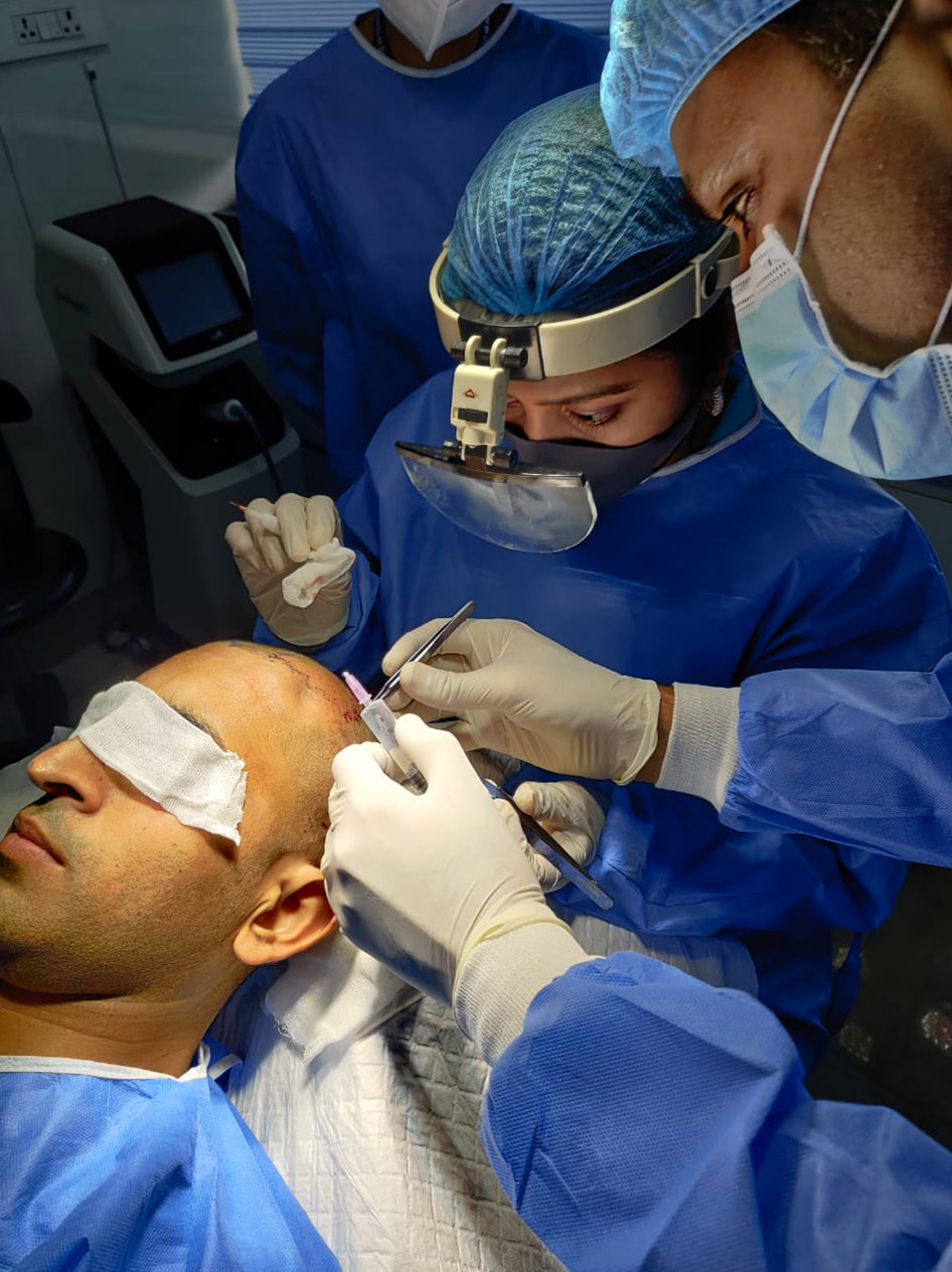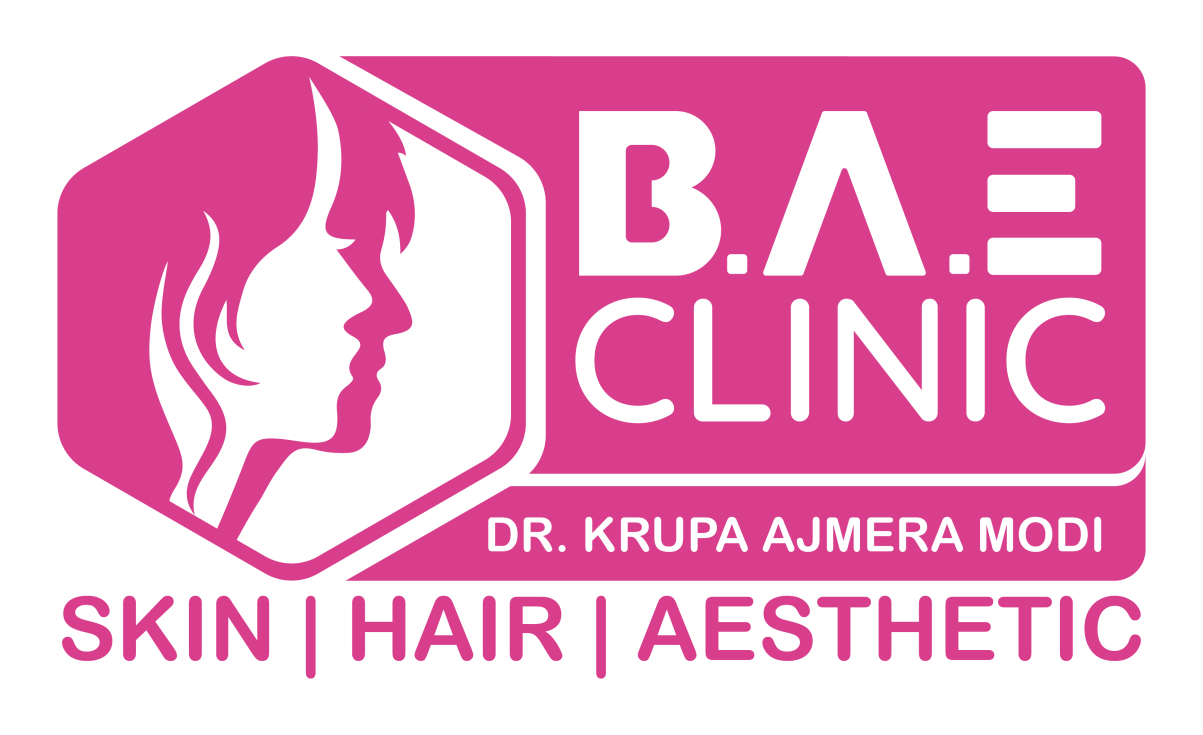
Face Lift
A face-lift is a cosmetic surgical procedure to create a younger look in the face. The procedure can reduce sagging skin. It can also help smooth folds of skin on the cheeks and jawline. A face-lift is also called a rhytidectomy.
Recommended For
- Candidate Maintaining Realistic Expectations
- Healthy Individuals
- A Well-Defined Bone Structure
- Supple Skin.
Procedure
- The exact technique a cosmetic surgeon uses during a facelift depends on a number of factors, including a patient’s anatomy and personal goals, the extent of the facelift (mini vs. standard), and whether or not another procedure is being performed at the same time.
- Facelifts are typically performed using general anesthesia, although local anesthesia with sedation may be used in certain less extensive procedures.
- After making the initial incisions, the skin is separated from the underlying connective tissue and muscles.
- This allows the cosmetic surgeon to reposition the deeper facial tissues, get rid of the jowls and create a firmer foundation for the skin.
- Then, excess skin is removed, and the remaining skin is gently laid back over the newly rejuvenated facial tissues, giving the face a smoother, more youthful contour without over-tightening the skin.
Frequently Asked Questions
How many sessions are needed for a face lift procedure?
A non-surgical facelift is the use of minimally invasive non-surgical procedures to address. Just one session is needed, which can be repeated annually.
What are the Benefits?
- Addresses Multiple Signs of Aging.
- Tightens Up Sagging Skin.
- Re-Contours Your Jawline and Neck.
- Pair with Additional Procedures.
- Invisible Surgical Scars.
- Manageable Downtime.
What are the side effects?
- Hematoma. A collection of blood (hematoma) under the skin is the most common complication of a face-lift.
- Scarring. Incision scars from a face-lift are permanent.
- Nerve injury. Injury to nerves is rare.
- Hair loss.
- Skin loss.
